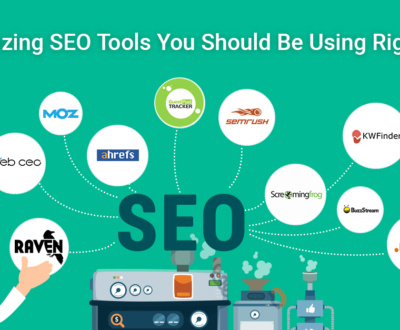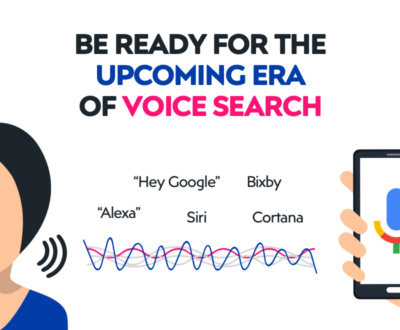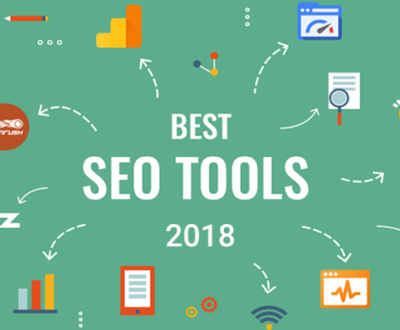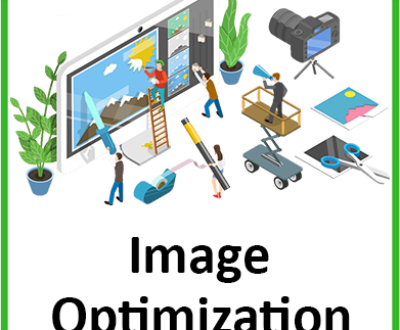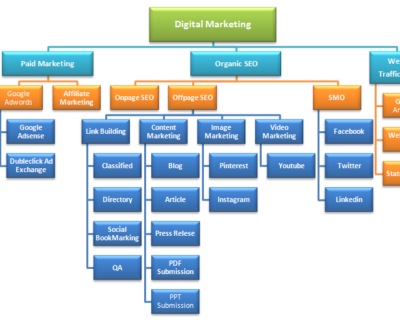What are Google Web Stories?
- June 29, 2022
- Digital Marketing, Google Ads, Lead Generation, Marketing, Physical Marketing, SEO, Traditional Marketing
What are Google Web Stories and where we can see them?
In February 2018, Google announced the stories of AMP.
This mobile-rich content format looks like a “storytelling” tool that is popular on many social media sites.
The core technology is based on accelerated mobile websites, which are quite controversial in the world of marketing.
In May 2020, Google changed AMP Stories to Web Stories, which it described as “a web version of the popular Story format that allows creators to host and own their content.”
What is Google Web Stories for? Google Web Stories is a format for visual content that can be viewed over the Internet.

You may find that they are similar to stories on Instagram because they allow creators to publish a variety of images, videos and sounds.
Web stories are billed by Google as “fully immersive” because they can be viewed in full screen.
Some examples of Google Web Stories being used by brands currently include:
- Refinery 29.
- Bustle.
- Lonely Planet.
Where can you find stories on the web?
One thing that makes Google Web Stories unique among many in-app storytelling tools is their ability to find them on the web. On your site
While Instagram Stories enjoys viewing on this platform, Google Web Stories can be hosted on the creator’s own website.

This gives publishers more freedom in what’s in the story because, unlike many applications, there are no content restrictions.
This also means that the story can be used to help increase traffic to your site, not to be placed in a wall garden of social media applications.
In search results
One of the main advantages of using Google Stories over other competitors’ social media story formats is their availability of SERPs.
Google Web Stories can be indexed as a web page and used as a result of a Google search.
With Google Discover
In October 2020, Google announced that it was bringing web stories to Google Discover resources in India, Brazil and the United States. A list of stories that Google calls “shelves” is at the top of the Discover page.
Tap a story to switch it to full screen and allow the user to scroll through the list.
In your online publications
Because web stories are hosted on your own servers, this means that the content can also be used in other digital assets, such as e-mail and digital brochures.
On multiple devices
Although AMP web technology is designed for use on mobile devices, web stories can be viewed on mobile browsers, tablets and computers.
This increases their usability because they do not have to create alternatives for responsive features, such as desktop-friendly websites. How do you create stories on Google?
Google takes publishers by the hand and guides them through the creation of web stories.
There are a number of tools to unify this, and even comprehensive notes on progress for those who want to think more outside the framework.
Basics of web stories
At its core, Google Web Stories are created in Accelerated Mobile Pages format.

In fact, if you click on the “developer docs” link on Google stories, you will be redirected to the amp.dev guides and instructions page. Web stories require that the HTML tag be valid.
They can also support optional surcharges to improve the user experience. For example, you can use HTML tags to make a story available in landscape mode and to absorb it on the desktop.
To create your web story, you must set metadata attributes.
It does not serve as a page title or story description, but as an example of a story where it is displayed over the web. You can also add a page title, description, Open Graph data, and other elements to optimize your story for search and sharing; this is done with traditional HTML tags.
Google’s AMP test tool can help you determine if there are any errors in your story.
If your site could not be verified as a web story, there are links to documentation and instructions to help you resolve the issues.
Use of third parties
Third-party tools can help you create your web stories without the need for a development or design team.
The two tools that Google links to from its Web Stories are News Room AI and Make Stories – neither supported or technically supported by Google.
News Room AI offers creators WYSIWYG (what you see is what you get) and many Getty images, which allow access to more than 300 million images.
MakeStories has zero code, drag-and-drop functionality to customize your stories, including access to Google fonts and “one-click filters” for image editing.
WordPress integration
Google has partnered with WordPress to create a plugin that allows publishers to create web stories directly on their WordPress site.
Once stories are created on the WordPress site, they are included in the site’s XML Sitemap, which allows them to be quickly identified by Google.
The plugin also gives creators the ability to set their metadata for the story, including the title image, snippet, and logo. Shopify integration
ProductStories is an application that allows you to convert Shopify pages into web stories.
After installing the application, an AMP version is automatically created on each product page.
The user can choose from two different themes or request their own theme from the ProductStories team.
10 Benefits and Uses of Google Web Stories
The format, versatility, and ease of creating Google Web Stories make them a useful medium for marketers to explore.
Here are 10 main benefits and uses of the format.
1. Under your control
If the stories can be placed on the publisher’s own website, the copyright in the content belongs to his own.
This means that the topics they deal with are entirely at their own discretion and that there are no strict limits that can often be found on social networks.
Use of the content is also at the discretion of the publisher; Google has no rights to the content.
Google has certain restrictions on the content that may be published, in particular the principle of “excessive commercial” content.
Before creating your first story, it pays to read the instructions – especially if you use them for promotional purposes.
2. Monetization
All ads that appear in a Google web story are controlled by the content creator.
This means that, unlike the storytelling features of social media applications, monetizing content is entirely at the publisher’s discretion.
So if you host ads with your story on the web, you’ll get 100% of your advertising revenue.
Google recently released a programmatic advertising solution for web stories through Ad Manager and AdSense.
3. External connection
Many social media sites with similar story formats prevent content creators from linking to other sites.
This usually means that you have to be creative when linking comments or CVs.
There are no such link restrictions on Google Web Stories.
- Supports Google Analytics tracking
When web stories act as web pages, they can be linked to analytics platforms, including Google Analytics.
This means that a higher level of user tracking and analysis is available than standard formats for social media stories.
This is an important part of evaluating how valuable web stories are for your marketing strategy.
- Stories can be answered
Unlike AMP, which is designed for mobile devices, web stories can respond to any type of device. This means you don’t have to create standalone content to display on desktop devices or lose mobile functionality.
- Be interactive
Web stories include the ability to host interactive elements such as quizzes and surveys.
This is somewhat limited by your technical capabilities, as this feature is not supported on all web storytelling platforms.
Due to the immersive nature of web stories, this extraordinary level of interactivity creates an engaging experience.
7. No time limit
Unlike other Google content, such as Google My Business news, web stories have no expiration date.
After 7 days, it will not automatically delete and disappear in the timeline as social media accounts.
You can display your web story for as long and prominently as you want.
- Easily indexed and linked
Web stories are designed to be easily indexed by search engines.
This means that getting your content to the first page of Google will not require any extra work on your part beyond the basic SEO needed to properly rank any website.
There is also a chance that it will appear in the coveted Web Stories carousel if you publish an article for India, Brazil or the United States.
- Use any marking style you want
There are no design restrictions other than ensuring that web stories meet general technical requirements. This means you are free to choose fonts, colors, animations and images that match the style of your brand.
- Live stories
Using the “live story” attribute in your web story notifies users in real time that you’ve added a new page.
This can be especially useful if you use the format to cover changing messages or developments.
Conclusion
Google Web Stories is a rich and engaging content format with great potential for marketers.
Unlike similar social chat conversation formats, web stories are not time-limited or platform-specific.
The market benefits of exposure through Google products, including Search and Discover, deserve to be explored.
- create google web stories, google web creators, google web stories, google web stories plugin, google web stories plugin for wordpress, google web stories tutorial, google web stories wordpress, google web stories wordpress plugin, google web stories wordpress plugin for more traffic, how to create google web stories, how to use google web stories, web stories, web stories for wordpress, web stories google, wordpress plugin google web stories
About us and this blog
We are a digital marketing company with a focus on helping our customers achieve great results across several key areas.
Request a free quote
We offer professional SEO services that help websites increase their organic search score drastically in order to compete for the highest rankings even when it comes to highly competitive keywords.
Subscribe to our newsletter!
More from our blog
See all postsRecent Posts
- What are Web Stories and their importance? July 30, 2022
- What are Paid Ads and Advantages of Paid Ads? July 29, 2022
- How Web 2.0 is Different from the Web 3.0? July 28, 2022



